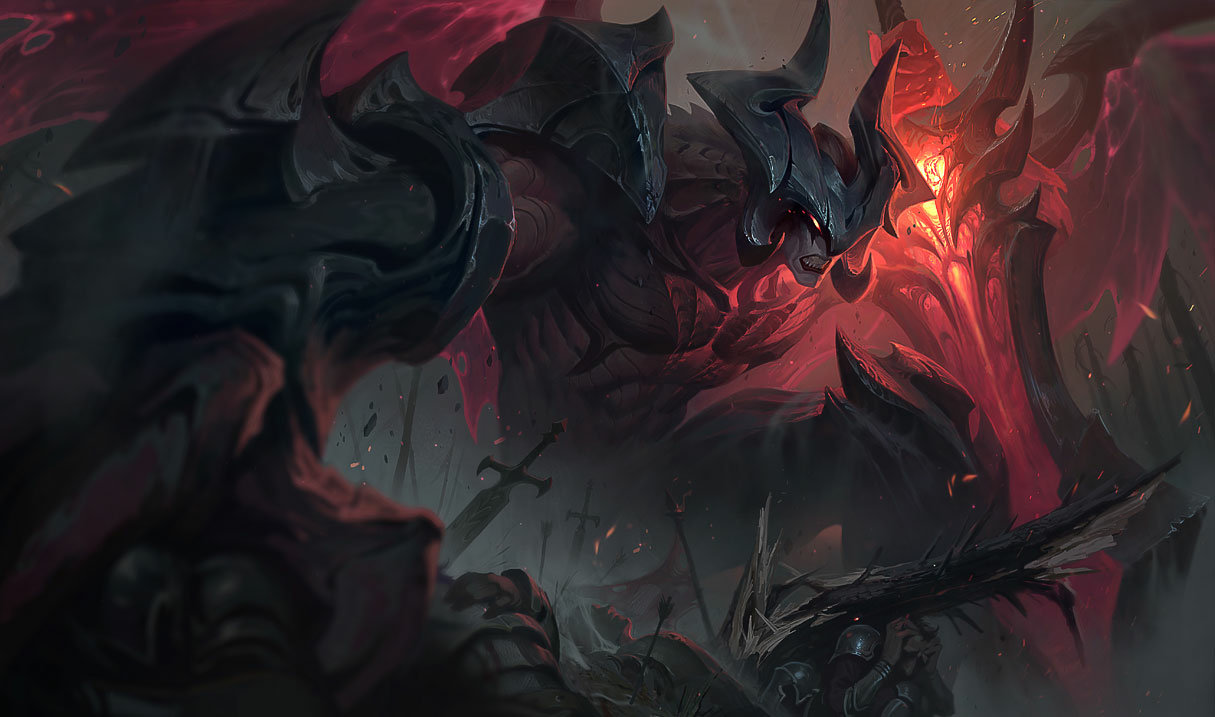 Gnar Stats and Analytics
Gnar Stats and Analytics Gnar Gameplay Guide – How to Play Gnar Top Lane in League of Legends
Gnar, the Missing Link, is a top-lane champion with unique transformation mechanics, offering both ranged poke and powerful melee crowd control. He excels at kiting in his Mini form and disrupting teams in Mega form. This guide covers Gnar’s abilities, laning strategies, combos, itemization, runes, mid and late-game play, and teamfight positioning to help you master Gnar in League of Legends.
Understanding Gnar’s Abilities
Passive: Rage Gene
Gnar builds Rage by dealing or taking damage. Upon reaching full Rage, he transforms into Mega Gnar, gaining bonus health, AoE damage, and crowd control abilities. Managing Rage and knowing when to transform is key to maximizing Gnar’s impact in trades and teamfights.
Q: Boomerang Throw / Boulder Toss
In Mini form, Gnar throws a boomerang that slows and damages enemies. In Mega form, he throws a boulder that deals AoE damage and slows. Q is essential for poke, wave-clear, and engaging or disengaging fights.
W: Hyper / Wallop
In Mini form, Gnar’s attacks deal bonus damage and build Rage. In Mega form, W slams enemies into the ground, dealing AoE damage and stunning. This ability is core to trading, dueling, and crowd control in Mega form.
E: Hop / Crunch
Mini Gnar hops to a target location, dealing damage and slowing enemies. Mega Gnar lands with a slam, dealing AoE damage and knocking back enemies. E is used for mobility, gap closing, escape, and initiating fights.
R: GNAR!
In Mega form, Gnar performs a massive slam that stuns and damages all enemies hit. His ultimate is a game-changing AoE crowd control tool for teamfights, zoning, and peeling for allies. Proper positioning and timing are crucial to maximize its effectiveness.
Early Game – Laning Phase
In the early game, Gnar plays primarily in Mini form, focusing on safe farming, poking with Q, and kiting melee opponents. Build Rage through trading and using auto attacks, preparing for a Mega transformation to turn trades in your favor.
Wave management is important: freezing near your turret can protect you from aggressive matchups, while pushing strategically allows for roaming and jungle coordination. Look for windows to engage once Mega Gnar is ready.
Mid Game – Skirmishes and Roaming
Mid-game Gnar transitions into a strong teamfight and skirmish presence. Mini Gnar focuses on poking and kiting, while Mega Gnar initiates fights with E → W → R combos. Roaming to assist lanes or controlling objectives with your crowd control can create significant advantages.
Vision control and Rage management are essential; transforming at the right moment ensures optimal impact in skirmishes.
Late Game – Teamfighting and Positioning
Late-game Gnar excels at peeling for carries, initiating fights, and disrupting enemy formations. Mega Gnar should engage with E → W → R combos, while Mini Gnar kites enemies and provides consistent poke. Proper Rage management ensures you are in Mega form at the right moments.
Positioning is crucial: landing your ultimate on multiple enemies can swing teamfights, but mispositioning can leave you out of the fight or without Rage for Mega transformation.
Combos and Trading Patterns
- Mini Gnar Trade: Q → auto → W → auto → E to kite and build Rage.
- Mega Gnar Engage: E → W → R → Q to maximize AoE damage and crowd control.
- Poke and Harass: Q → auto → reposition → repeat to safely whittle down enemies.
Runes and Itemization Philosophy
Gnar benefits from runes that enhance dueling, sustain, and crowd control. Keystone runes typically improve trading power or scaling damage. Secondary runes provide resistances, sustain, or mobility to enhance survivability and effectiveness in fights.
Itemization focuses on health, attack damage, cooldown reduction, and resistances. Core items enhance Mega Gnar damage and crowd control, while situational items provide extra durability or utility depending on the enemy composition.
Gnar’s Role in Team Compositions
Gnar excels in compositions that value crowd control, engage, and teamfight disruption. He pairs well with allies who can follow up on his Mega Gnar engages or benefit from his zoning. His Rage management adds strategic depth to teamfight timing and lane dominance.
He struggles against champions who can avoid his engages or punish Mini Gnar in lane. Patience, positioning, and proper Rage timing are critical for maximizing Gnar’s effectiveness.
Matchup Tips
Against melee champions, kite and poke with Q, building Rage for Mega trades. Against ranged poke champions, focus on farming safely, using E for repositioning, and transforming strategically. Use R to control teamfights and secure objectives effectively.
Closing Thoughts
Gnar is a dynamic top-lane champion capable of both ranged harassment and game-changing crowd control in Mega form. Mastering his transformations, combos, positioning, and Rage management allows you to dominate lanes, control objectives, and influence teamfights effectively.
This Gnar gameplay guide covers abilities, laning strategies, combos, mid and late-game approaches, runes, and itemization. By refining trading, Rage timing, and teamfight positioning, you can become a formidable Missing Link on the Rift.
 METABOT.gg
METABOT.gg
